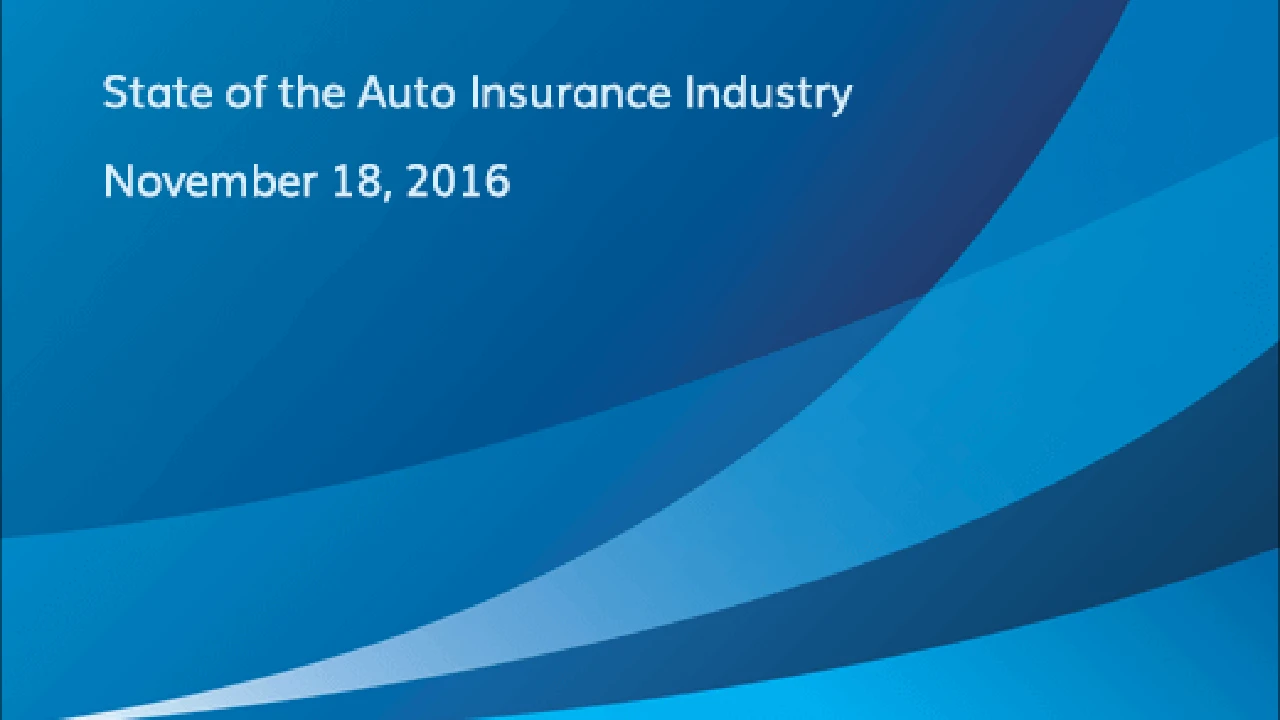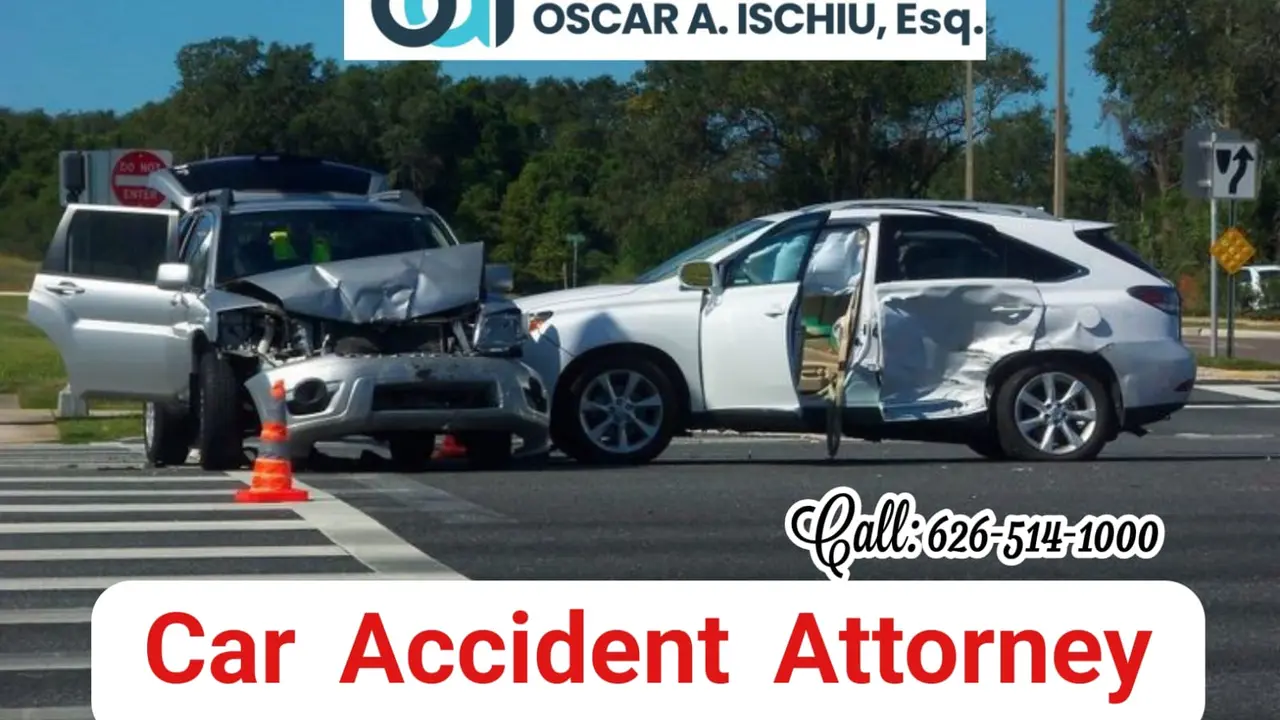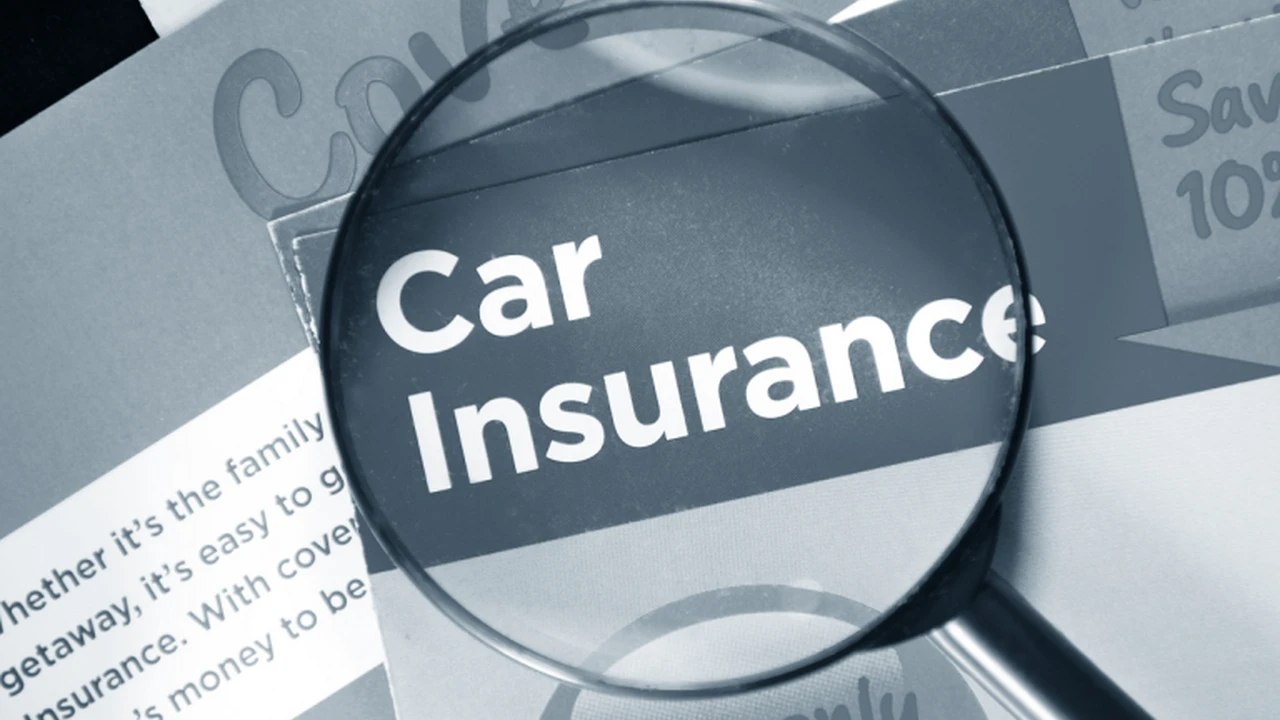Reporting a Car Accident: When and How

Navigating the Immediate Aftermath of a Car Accident Insurance Claim
Okay, so you've been in a car accident. Not fun, right? First things first, take a deep breath. It's a stressful situation, but staying calm is key. Your immediate priority is ensuring everyone's safety. Check yourself and your passengers for injuries. If anyone's hurt, call for medical assistance immediately. Don't try to be a hero; let the professionals handle it.
Once you've addressed any medical needs, assess the scene. Is your car in a safe location? If not, and if it's possible to move it without causing further damage or injury, move it to the side of the road. Turn on your hazard lights to warn other drivers. Remember, safety is paramount.
Now, it's time to document everything. This is where your phone becomes your best friend. Take pictures of the damage to all vehicles involved, the accident scene (including road conditions, traffic signs, and any relevant details), and any visible injuries. The more evidence you have, the better. These photos can be invaluable when dealing with insurance companies later on.
Exchange information with the other driver(s). This includes their name, address, phone number, driver's license number, and insurance information (company name, policy number). Get the license plate number of their vehicle as well. Don't admit fault, even if you think you might be responsible. Just stick to the facts.
Reporting the Car Accident to Your Insurance Company Quick Guide
Reporting the accident to your insurance company is crucial. Most policies require you to report accidents promptly, regardless of who's at fault. Failing to do so could jeopardize your coverage. Call your insurance company's claims department as soon as possible. Be prepared to provide them with all the information you gathered at the scene, including the police report number (if applicable).
Your insurance company will assign you a claims adjuster who will investigate the accident and determine liability. Be honest and cooperative with the adjuster, but don't offer more information than necessary. Stick to the facts and avoid speculating about what happened. If you're unsure about something, say so.
Understanding the Car Insurance Claims Process Step by Step
The claims process can seem daunting, but it's really just a series of steps. First, the adjuster will investigate the accident. This may involve interviewing you, the other driver(s), and any witnesses. They may also review the police report and examine the damage to the vehicles.
Based on their investigation, the adjuster will determine who's at fault for the accident. If you're found to be at fault, your insurance company will pay for the damages to the other driver's vehicle and any injuries they sustained, up to your policy limits. If the other driver is at fault, their insurance company will be responsible for paying for your damages.
If there's a dispute about who's at fault, the insurance companies may negotiate a settlement. If they can't reach an agreement, the case may go to arbitration or court. That's why having good documentation and legal representation is so important.
Dealing with Car Insurance Companies Tips and Tricks
Dealing with insurance companies can be tricky. They're often looking out for their own bottom line, so it's important to be prepared. Here are a few tips to keep in mind:
- Keep detailed records: Keep copies of all correspondence with the insurance company, including emails, letters, and phone call notes.
- Be polite but firm: Maintain a professional demeanor, but don't be afraid to stand your ground.
- Know your policy: Understand your coverage limits, deductibles, and exclusions.
- Don't sign anything you don't understand: If you're unsure about something, ask for clarification or seek legal advice.
- Consider hiring an attorney: If you're having trouble getting a fair settlement, an attorney can help you negotiate with the insurance company or file a lawsuit.
Choosing the Right Car Insurance Coverage for Peace of Mind
Choosing the right car insurance coverage is essential for protecting yourself financially in the event of an accident. Here's a rundown of the common types of coverage:
- Liability coverage: This covers damages you cause to others if you're at fault in an accident. It's typically required by law.
- Collision coverage: This covers damage to your vehicle, regardless of who's at fault.
- Comprehensive coverage: This covers damage to your vehicle from events other than collisions, such as theft, vandalism, fire, and natural disasters.
- Uninsured/underinsured motorist coverage: This covers your damages if you're hit by an uninsured or underinsured driver.
- Personal injury protection (PIP): This covers your medical expenses and lost wages, regardless of who's at fault.
The amount of coverage you need depends on your individual circumstances. Consider your assets, driving habits, and risk tolerance when making your decision. It's always better to be over-insured than under-insured.
Recommended Dash Cams for Documenting Car Accidents and Insurance Claims
A dash cam can be a valuable tool for documenting car accidents and protecting yourself in the event of a dispute. Here are a few recommended dash cams, along with their pros, cons, use cases, and pricing:
Garmin Dash Cam 67W: Wide Angle View and Clarity for Accident Documentation
Use Case: Everyday driving, capturing detailed footage of accidents, providing evidence for insurance claims.
Pros: Wide 180-degree field of view, excellent video quality (1440p), voice control, automatic incident detection, parking mode (requires optional cable).
Cons: Relatively expensive, parking mode requires additional hardware.
Pricing: Around $250.
Vantrue N4: Triple Channel Recording for Comprehensive Accident Coverage
Use Case: Ride-sharing drivers, families, anyone who wants comprehensive coverage of their vehicle's surroundings.
Pros: Records front, interior, and rear views simultaneously, excellent video quality (1440p front, 1080p interior and rear), infrared night vision for interior recording, parking mode.
Cons: Can be bulky, expensive.
Pricing: Around $300.
Rexing V1: Budget-Friendly Option for Basic Accident Recording
Use Case: Budget-conscious drivers, beginners, anyone who needs a simple and reliable dash cam.
Pros: Affordable, easy to use, good video quality (1080p), loop recording, G-sensor for automatic incident detection.
Cons: Limited features, no parking mode, smaller screen.
Pricing: Around $80.
Product Comparison: The Garmin Dash Cam 67W offers a balance of features and performance for everyday drivers. The Vantrue N4 is ideal for those who need comprehensive coverage, while the Rexing V1 is a good budget-friendly option. Consider your specific needs and budget when making your decision.
GPS Trackers for Cars: Insurance Benefits and Accident Reconstruction
GPS trackers can offer several benefits related to insurance and accident claims. Some insurance companies offer discounts for vehicles equipped with GPS trackers, as they can help deter theft and aid in recovery. In the event of an accident, GPS data can be used to reconstruct the event and determine liability.
LandAirSea 54 GPS Tracker: Real-Time Tracking and Geofencing for Insurance Discounts
Use Case: Fleet management, teen driver monitoring, asset tracking, potential insurance discounts.
Pros: Real-time tracking, geofencing capabilities, long battery life, discreet size.
Cons: Requires a subscription, can be used for surveillance purposes.
Pricing: Device cost around $30, plus monthly subscription fees.
Bouncie: Driver Behavior Monitoring and Accident Detection for Insurance Savings
Use Case: Teen driver safety, monitoring driving habits, potential insurance discounts for safe driving.
Pros: Tracks speeding, hard braking, and other driving behaviors, provides alerts for accidents, easy to install.
Cons: Requires a subscription, limited features compared to dedicated GPS trackers.
Pricing: Device cost around $80, plus monthly subscription fees.
Product Comparison: The LandAirSea 54 GPS Tracker is a more comprehensive tracking solution, while Bouncie focuses on driver behavior monitoring. Talk to your insurance company to see if they offer discounts for using these devices.
Understanding Diminished Value Claims After a Car Accident
Even after your car is repaired after an accident, it may still be worth less than it was before. This is known as diminished value. You may be able to file a diminished value claim with the at-fault driver's insurance company to recover this loss.
What is Diminished Value? Diminished value is the difference between your car's pre-accident value and its post-repair value. It's based on the perception that a car with a history of accidents is less desirable than a car with a clean record.
How to File a Diminished Value Claim: You'll need to provide evidence of your car's diminished value, such as an appraisal from a qualified appraiser. You'll also need to provide documentation of the accident and the repairs that were made.
Legal Recourse After a Car Accident When Insurance Claims Fail
Sometimes, despite your best efforts, you may not be able to reach a fair settlement with the insurance company. In these cases, you may need to pursue legal action.
When to Consider Legal Action: Consider consulting with an attorney if you've been seriously injured, if the insurance company is denying your claim, or if you believe the settlement offer is too low.
Finding a Qualified Attorney: Look for an attorney who specializes in personal injury law and has experience handling car accident cases. Ask for referrals from friends, family, or other attorneys.
:max_bytes(150000):strip_icc()/277019-baked-pork-chops-with-cream-of-mushroom-soup-DDMFS-beauty-4x3-BG-7505-5762b731cf30447d9cbbbbbf387beafa.jpg)






